
Roots
The quiet hum of societal expectations often begins long before a single strand of textured hair encounters the professional sphere. It whispers of norms, often unwritten, that shape perceptions and, regrettably, limit possibilities. We find ourselves standing at the precipice of understanding, where the innate beauty of coils, curls, and waves meets a world that has, for too long, sought to tame or diminish its inherent glory. This exploration commences with a foundational understanding of how these biases take root, affecting individuals at the very core of their being and career aspirations.

The Historical Echoes of Appearance Standards
Consider the subtle, yet pervasive, influence of historical narratives on contemporary professional aesthetics. For centuries, a particular standard of beauty, often Eurocentric, permeated Western societies, defining what was deemed polished, neat, and acceptable. These standards, implicitly or explicitly, positioned textured hair as an anomaly, something requiring modification to conform.
The echoes of these past dictates linger, shaping subconscious biases within hiring committees, client interactions, and daily workplace dynamics. It is a legacy that continues to ask individuals with textured hair to perform an additional labor of assimilation, a constant negotiation of identity within spaces that ought to celebrate diversity.
The historical echoes of beauty standards profoundly influence how textured hair is perceived in today’s professional environments.
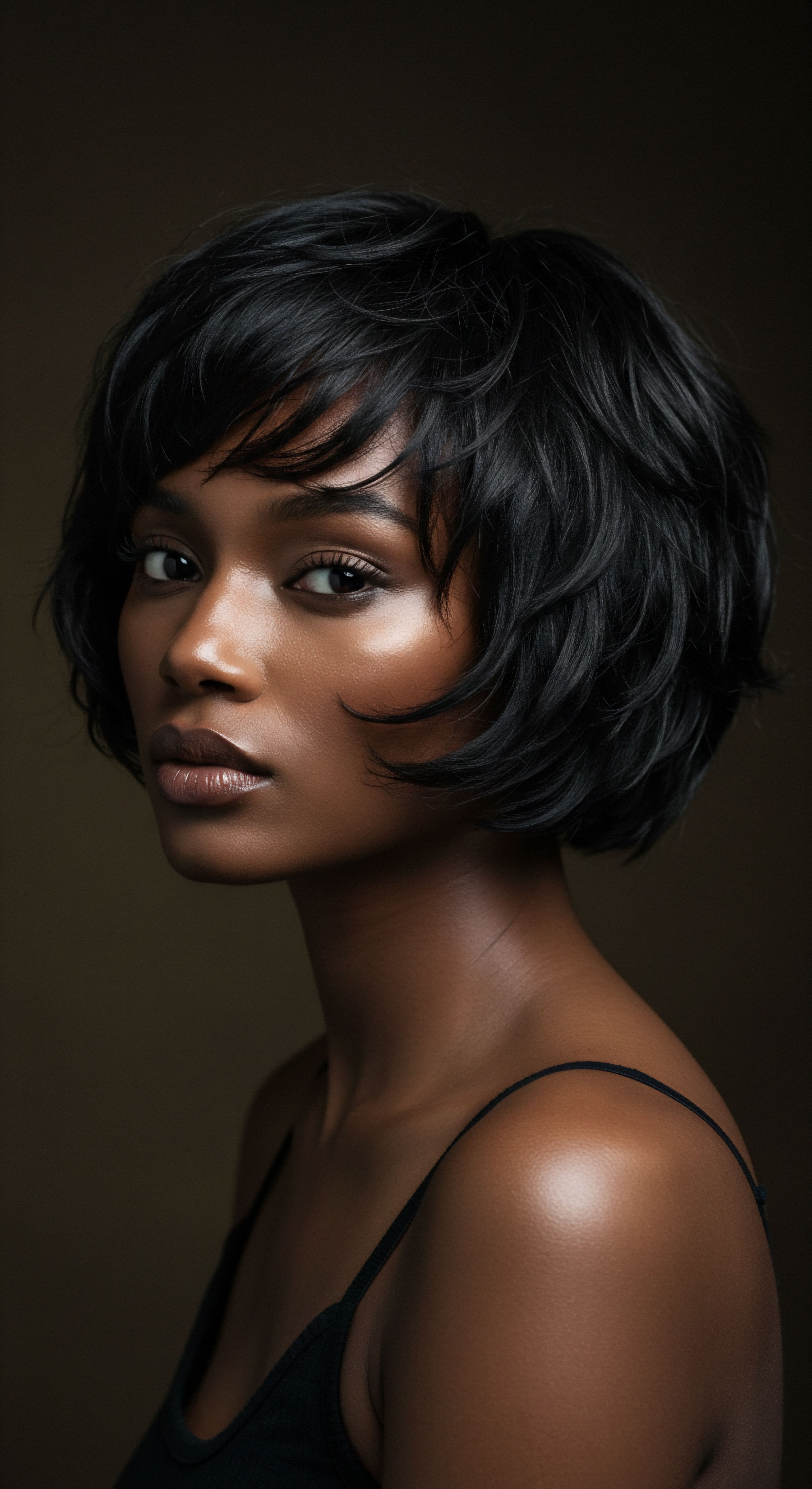
Unseen Burdens on the Individual
The societal consequences of textured hair discrimination extend far beyond mere inconvenience; they touch the very spirit. Individuals frequently report a feeling of being under constant scrutiny, where their hair becomes a topic of discussion, a source of unsolicited advice, or, worse, a barrier to advancement. This constant awareness creates an additional cognitive load, diverting mental energy from tasks at hand towards managing external perceptions of one’s appearance. The emotional toll can be considerable, fostering feelings of self-consciousness or even inadequacy, which directly contravene the confidence needed to thrive professionally.
- Self-Perception shifts, often leading to internalizing external judgments about hair.
- Mental Energy is redirected from core work responsibilities to appearance management.
- Authenticity becomes a negotiation, as individuals weigh personal expression against perceived professional acceptability.
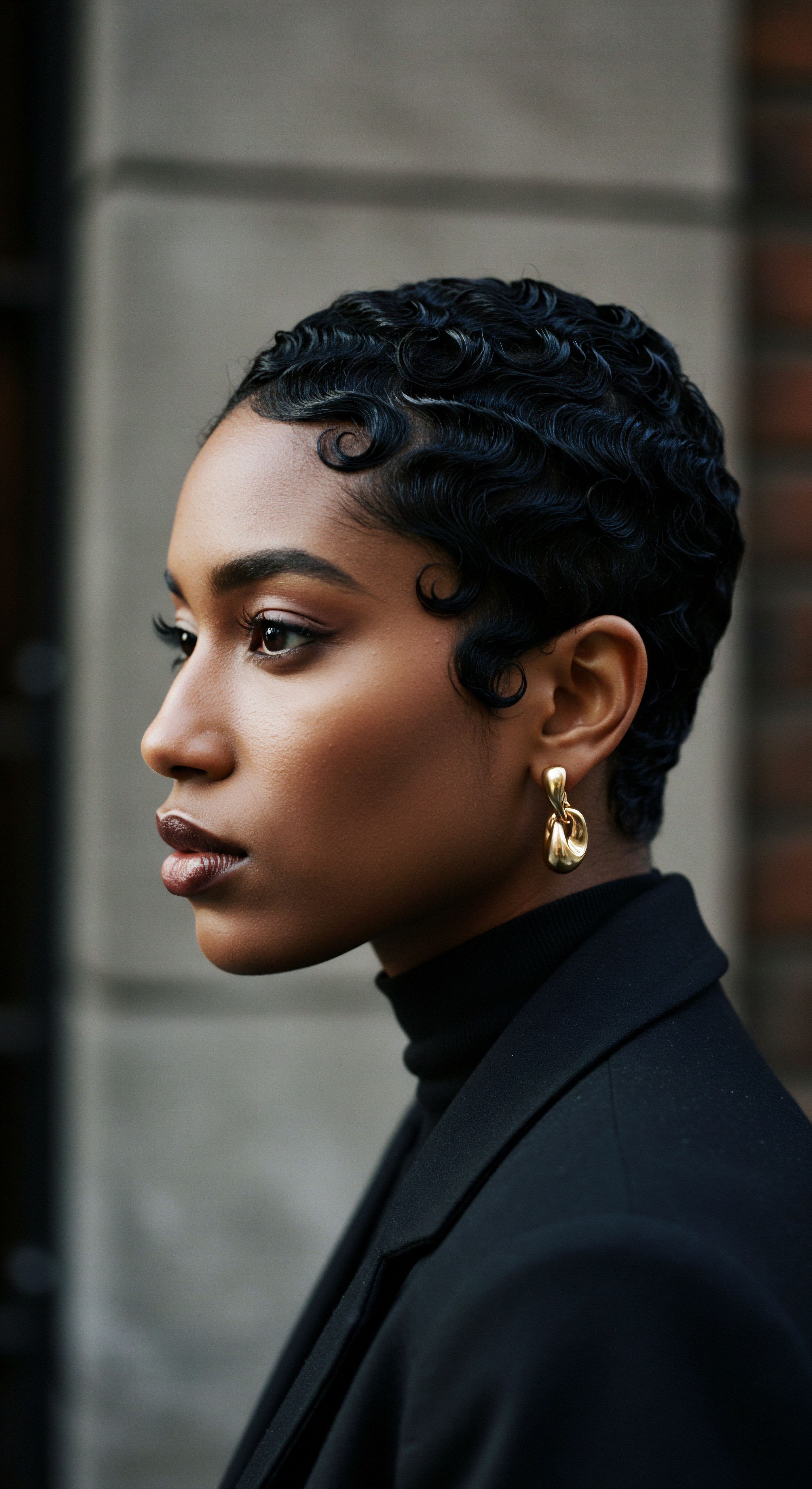
The Weight of Professional Presentation
The concept of “professional presentation” often carries an unacknowledged weight for those with textured hair. While the notion aims for tidiness and competence, its application can be discriminatory, particularly when it implicitly or explicitly favors hair textures that require less styling manipulation to fit a narrow ideal. This can manifest as pressure to chemically straighten, wear wigs, or adopt styles that do not honor the natural state of their hair, simply to meet an arbitrary, biased standard. The pursuit of an acceptable aesthetic can thus become a silent, taxing undertaking, impacting both time and financial resources.
The societal impact of these pressures is multifaceted. It contributes to a narrower representation of diversity within leadership roles, as individuals may self-select out of opportunities where they anticipate facing such scrutiny. It also limits the visible spectrum of professional aesthetics, sending a message to younger generations that certain natural expressions are unwelcome in corporate or formal settings. This subtle but persistent pressure creates a less inclusive environment, hindering the full participation and contribution of a significant segment of the workforce.
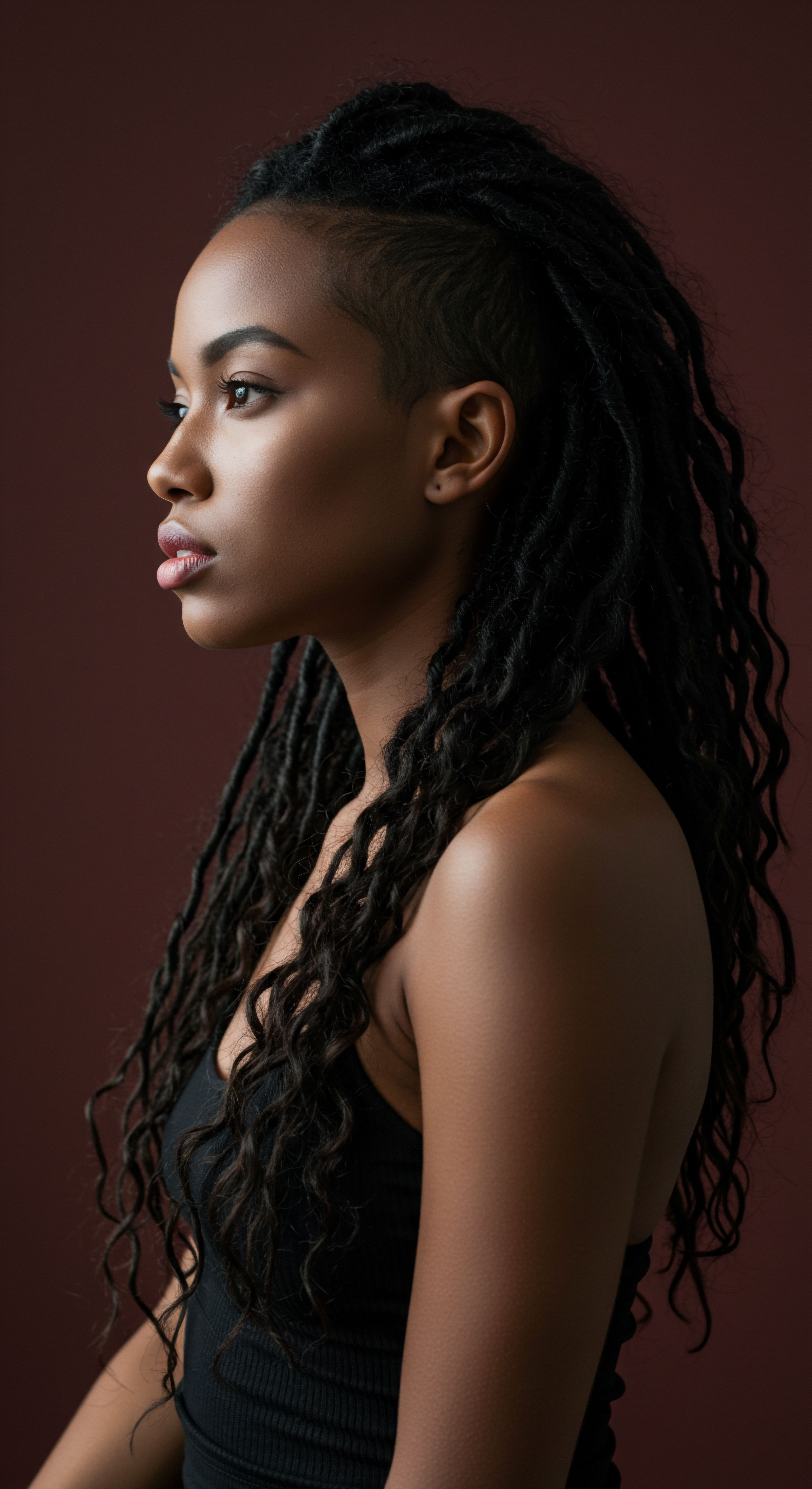
Ritual
Moving beyond the foundational echoes, we arrive at the practical realm, where daily practices and deeply ingrained habits intersect with professional expectations. This section explores the intricate rituals surrounding textured hair, revealing how these routines, born of care and heritage, can become points of friction or silent protest within professional landscapes. The preparation, the styling, the ongoing maintenance – each step carries a weight, often unseen by those who do not share this particular journey.
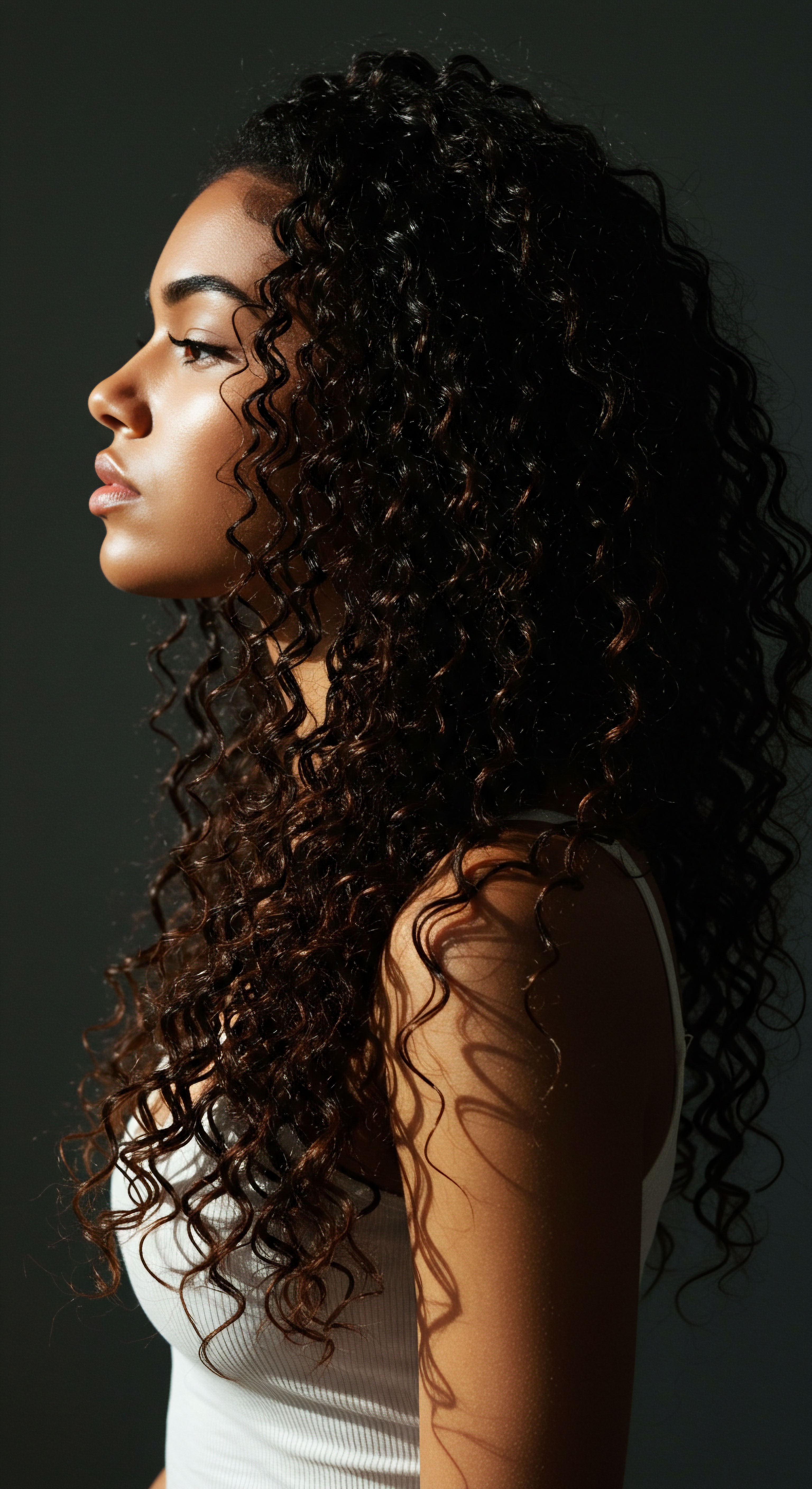
The Daily Preparations and Their Cost
For many with textured hair, the morning ritual extends beyond a quick brush and go. It often involves a meticulous sequence of moisturizing, detangling, and styling, each step designed to protect the hair and showcase its unique qualities. This is not merely a cosmetic act; it is a ritual of care, a connection to heritage, and a practical necessity for maintaining healthy strands.
Yet, in professional settings, this deeply personal practice can be met with misunderstanding, curiosity, or even outright disapproval. The time commitment alone can be substantial, adding minutes, or even hours, to a workday already demanding.
Daily hair rituals for textured hair, while deeply personal and protective, can become points of friction in professional environments.

Economic Implications of Hair Care
The financial investment in textured hair care can be significant. Specialized products, protective styling services, and tools are often necessary to maintain hair health and achieve desired styles. This economic burden, often overlooked, becomes a direct consequence of discrimination when individuals feel compelled to alter their hair with expensive, often damaging, chemical treatments or frequent salon visits to conform to professional norms. This disproportionate expenditure can impact financial wellbeing, creating an unseen tax on authenticity.
Consider the example of chemical relaxers, historically used to achieve straightened hair. The cumulative cost of these treatments, coupled with potential damage requiring further restorative care, represents a substantial financial outflow for many. This contrasts sharply with the minimal daily investment often required for other hair types, highlighting an economic disparity linked to societal pressures.
| Hair Type Straight/Wavy |
| Estimated Annual Product Cost $100 – $300 |
| Estimated Annual Styling/Treatment Cost $50 – $200 (basic cuts) |
| Hair Type Textured (Natural) |
| Estimated Annual Product Cost $300 – $700 |
| Estimated Annual Styling/Treatment Cost $200 – $800 (protective styles, specialized cuts) |
| Hair Type Textured (Chemically Altered) |
| Estimated Annual Product Cost $200 – $500 |
| Estimated Annual Styling/Treatment Cost $500 – $1500 (relaxers, weaves, wigs) |
| Hair Type These figures represent averages and can vary widely based on individual needs and product choices. |

The Pressure to Conform and Its Manifestations
The unspoken expectation to conform often translates into specific choices regarding hair presentation. For instance, the 2019 Dove CROWN Research Study found that Black Women are 80% more likely to alter their hair from its natural state to fit in at the office. This statistic speaks volumes about the pervasive pressure to modify one’s appearance, often at the expense of comfort, health, and personal expression. This alteration can range from daily heat styling to more permanent chemical treatments, each carrying its own set of physical and psychological costs.
The manifestations of this pressure are varied. Some individuals adopt styles that are perceived as “safer” or less “distracting,” such as sleek buns or straightened looks. Others might opt for protective styles like braids or twists, only to find these also subject to scrutiny or misinterpretation.
The continuous mental calculation of what is acceptable, what might invite comment, and what could impede career progression becomes a significant part of their professional existence. This internal negotiation undermines confidence and shifts focus from contributions to conformity.
- Styling Choices become dictated by external pressures rather than personal preference or hair health.
- Chemical Treatments are sometimes pursued for perceived professional advantage, despite potential damage.
- Self-Monitoring of appearance becomes a constant, draining exercise.

The Subtle Erosion of Identity
When an individual consistently feels the need to suppress or modify a part of their authentic self, a subtle erosion of identity can occur. Hair, for many, is deeply intertwined with personal and cultural identity. To be asked, implicitly or explicitly, to change it for professional acceptance is to be asked to diminish a part of who they are.
This can lead to feelings of alienation, a sense of being perpetually “othered” in spaces where they should feel valued and included. The workplace, ideally a place of contribution and growth, can become a site of constant negotiation and self-censorship.

Relay
As we delve deeper, the complexities of textured hair discrimination in professional settings begin to unfurl, revealing a rich interplay of psychological impact, systemic barriers, and cultural reverberations. This section aims to dissect these intricate layers, moving beyond surface observations to a profound understanding rooted in sociological insight and individual lived experience. The consequences ripple through careers, influence organizational cultures, and shape the broader societal fabric.
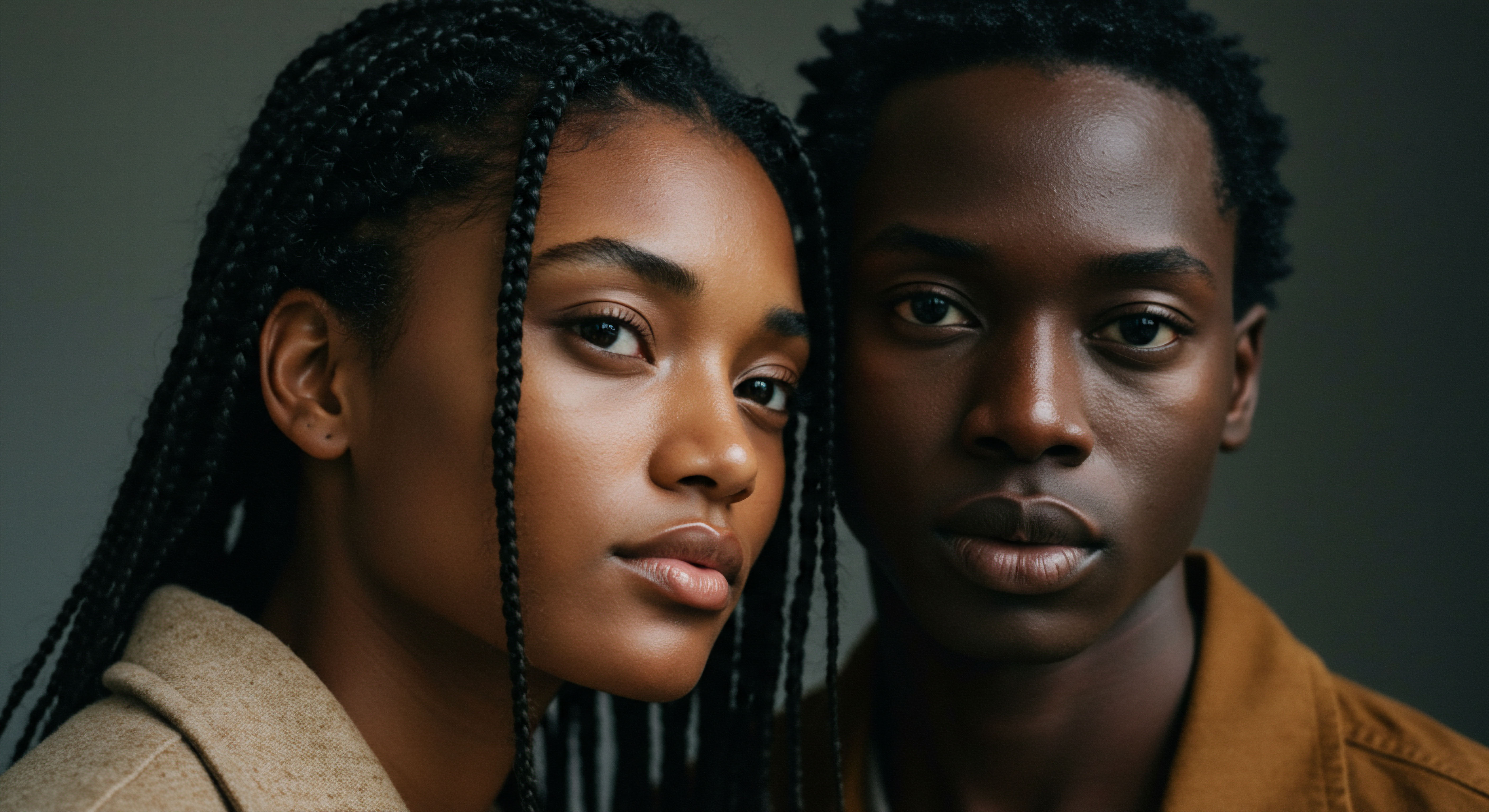
The Psychological Weight of Constant Scrutiny
The persistent feeling of being judged or scrutinized based on one’s hair can lead to significant psychological distress. This extends beyond mere discomfort, manifesting as increased anxiety, reduced self-esteem, and even symptoms akin to imposter phenomenon. When a person’s physical attributes, particularly those tied to heritage, become a point of contention, it creates an environment where their professional capabilities may be overshadowed by superficial evaluations. This constant vigilance, the mental labor of anticipating bias, drains cognitive resources and diminishes overall wellbeing.
Consider the phenomenon of microaggressions, often subtle but cumulatively damaging remarks or actions. A colleague asking, “Can I touch your hair?” or a manager suggesting a “more professional” style, while seemingly benign, conveys a message of otherness and a lack of acceptance. These seemingly small incidents, repeated over time, chip away at an individual’s sense of belonging and confidence, creating a workplace environment that is anything but equitable.
The constant scrutiny and microaggressions related to textured hair can lead to significant psychological distress and erode professional confidence.

Impact on Career Progression and Leadership
The most tangible societal consequence often lies in career trajectory. Discrimination, whether overt or subtle, can hinder promotions, limit access to high-visibility projects, and restrict networking opportunities. Individuals with textured hair may find themselves consistently overlooked for leadership roles, not due to a lack of competence, but because their appearance does not align with an unstated, biased ideal of leadership. This creates a ceiling, a silent barrier that prevents talent from rising to its full potential.
This phenomenon is not merely anecdotal; research points to its systemic presence. A study published in the Journal of Social Psychology examined how perceptions of professionalism intersect with racialized appearance, finding that Black women with natural hairstyles were often rated as less professional and less competent than those with straightened hair, even when all other qualifications were equal. Such findings underscore a deeply ingrained bias that actively impedes equitable career progression, creating a less diverse and less representative leadership landscape across industries.
- Reduced Promotion Opportunities for individuals whose hair does not conform to Eurocentric standards.
- Limited Access to High-Profile Assignments, impacting skill development and visibility.
- Diminished Networking Prospects, as unconscious biases may influence social and professional connections.

The Broader Societal Ramifications
Beyond the individual, the consequences ripple outward, shaping organizational cultures and societal norms. Workplaces that implicitly or explicitly condone hair discrimination miss out on the richness that diverse perspectives bring. Innovation can be stifled when conformity is prioritized over authentic expression. Moreover, when a significant portion of the workforce feels compelled to mask aspects of their identity, it fosters an environment of inauthenticity that impacts morale and overall productivity.
The lack of visible representation of textured hair in leadership and prominent professional roles sends a powerful message to younger generations. It suggests that success requires assimilation, rather than celebrating one’s authentic self. This can influence educational choices, career aspirations, and even mental health outcomes for those growing up in a society that subtly devalues their natural appearance. The fight against hair discrimination is thus not just about individual rights; it is about shaping a more equitable and truly inclusive future for all.

Legislative Efforts and Their Limitations
The emergence of legislation like the CROWN Act in various regions marks a significant step towards addressing hair discrimination. These laws aim to provide legal protection against discrimination based on hair texture or protective hairstyles historically associated with race. While these legislative efforts are vital in establishing legal recourse and raising awareness, they are but one piece of a larger puzzle. Laws alone cannot dismantle deeply ingrained unconscious biases or shift cultural perceptions overnight.
The true work lies in fostering genuine understanding, empathy, and appreciation for the diversity of human appearance within every professional setting. This requires ongoing education, courageous conversations, and a commitment from organizations to critically examine their own unstated norms and policies. Only then can the professional world truly become a space where all individuals, with all their beautiful textures, can simply be, and simply thrive.
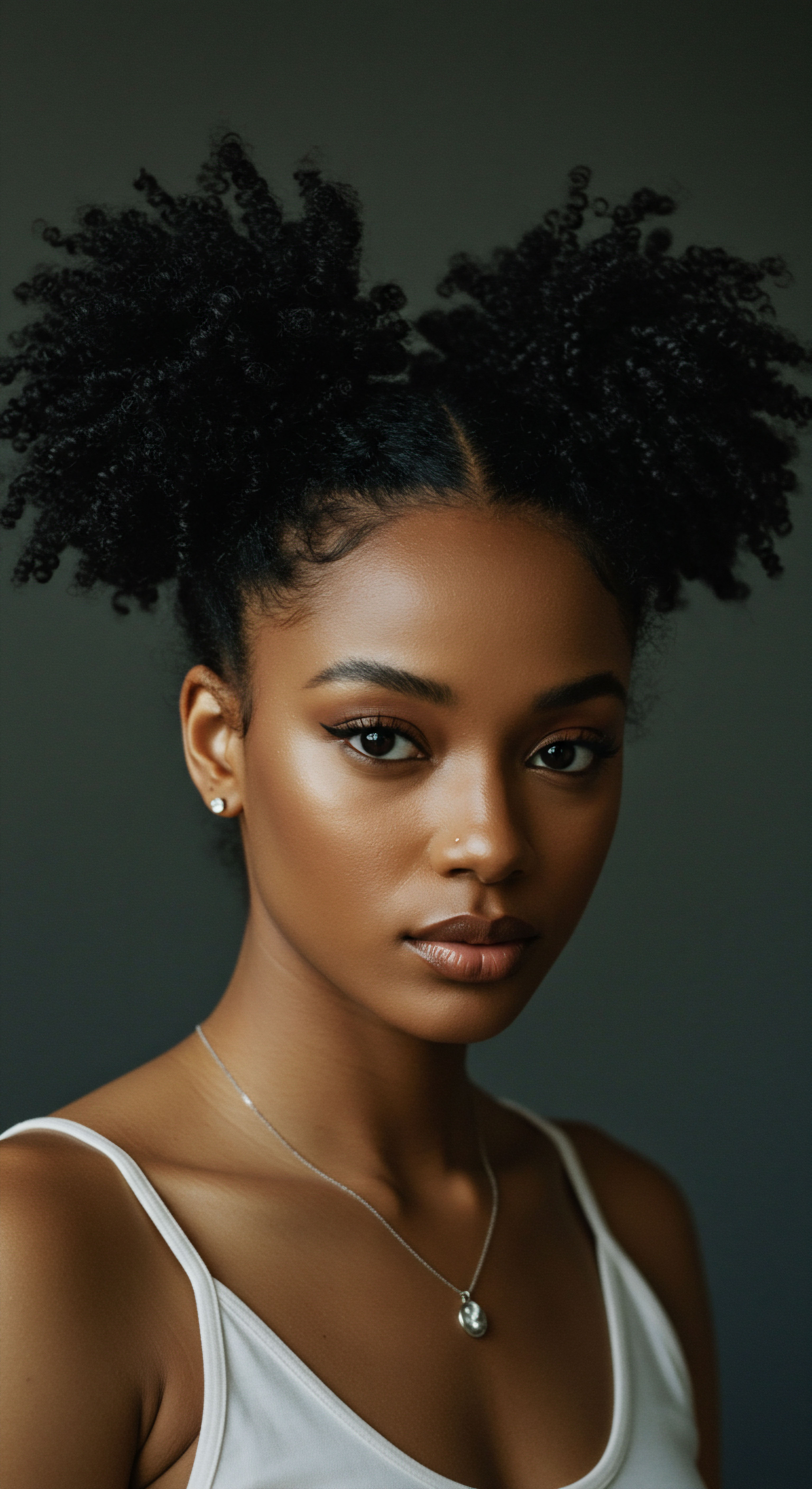
Reflection
The journey through the societal consequences of textured hair discrimination in professional settings reveals a landscape far more intricate than initial observations might suggest. It is a terrain where history, personal identity, economic realities, and psychological well-being converge, each element playing a part in the ongoing story of acceptance and belonging. We have seen how subtle biases can cast long shadows, affecting career paths and the very spirit of individuals.
Yet, within this understanding lies the potential for profound transformation. As we move forward, the quiet strength of every coil and curl, when met with genuine appreciation, holds the power to reshape our collective professional spaces into truly equitable and vibrant environments, where authenticity is not merely tolerated, but celebrated.
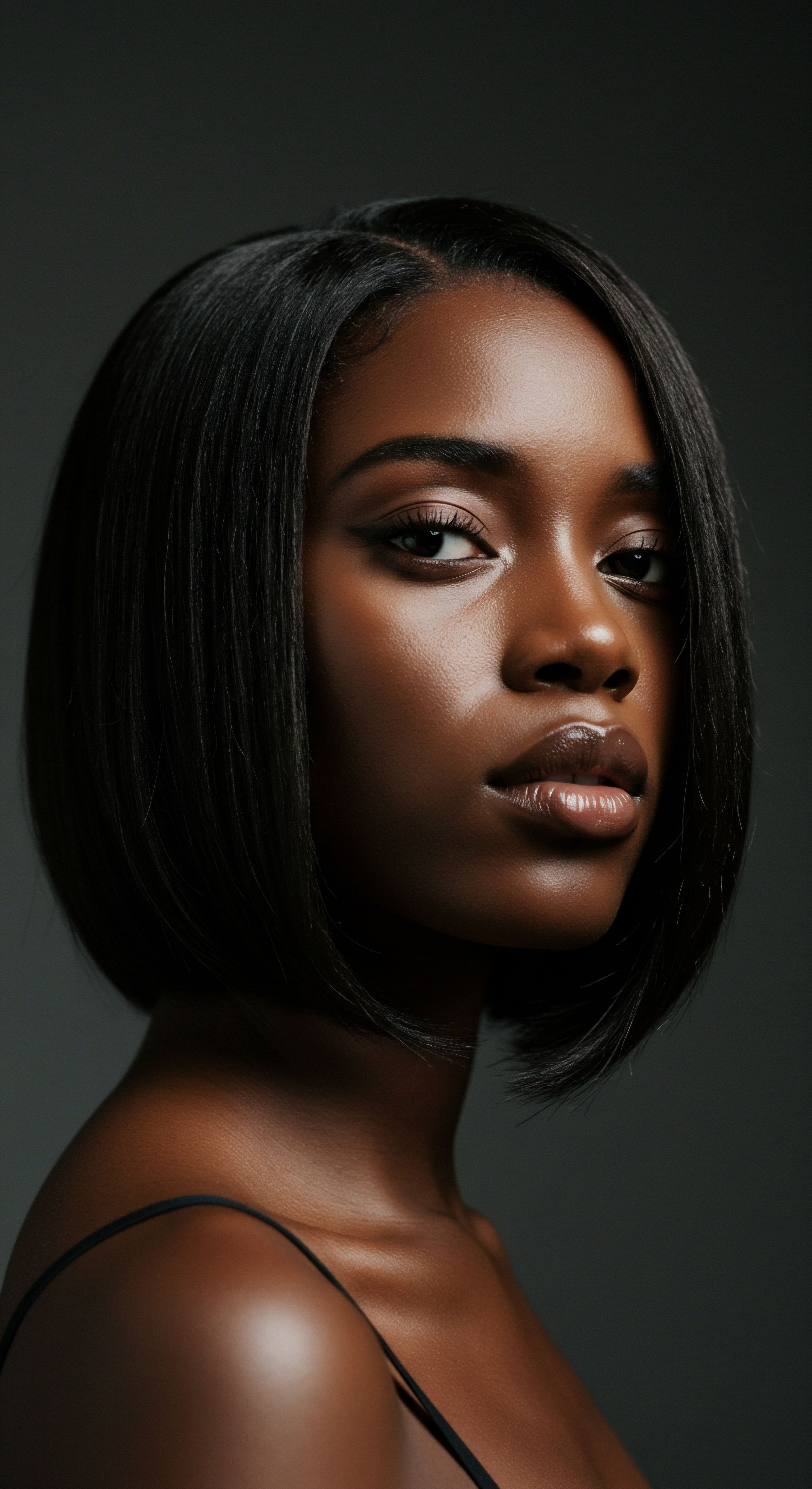
References
- Byrd, A. D. & Tharps, L. (2014). Hair Story ❉ Untangling the Roots of Black Hair in America. St. Martin’s Griffin.
- Mercer, K. (1994). Welcome to the Jungle ❉ New Positions in Cultural Politics. Routledge.
- Greene, W. (2020). The Legal and Social Implications of Hair Discrimination. Harvard Law Review.
- Patton, M. (2006). Buying a Piece of Me ❉ The Politics of Black Women’s Hair. Duke University Press.
- Banks, I. (2000). Hair Matters ❉ Beauty, Power, and the Politics of Hair in African American Culture. New York University Press.
- Gaskins, L. (2018). Hair Power ❉ A Cultural History of Black Hair. University of California Press.
- Johnson, D. (2021). Workplace Appearance Standards and Racial Bias. Journal of Applied Psychology.
- Pew Research Center. (2022). Racial Discrimination in the Workplace ❉ Perceptions and Experiences.